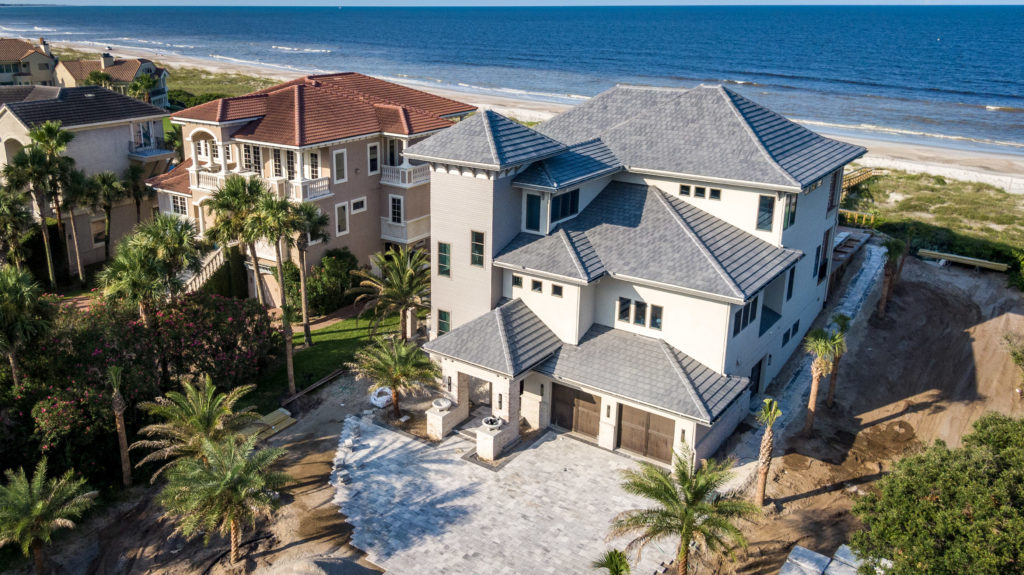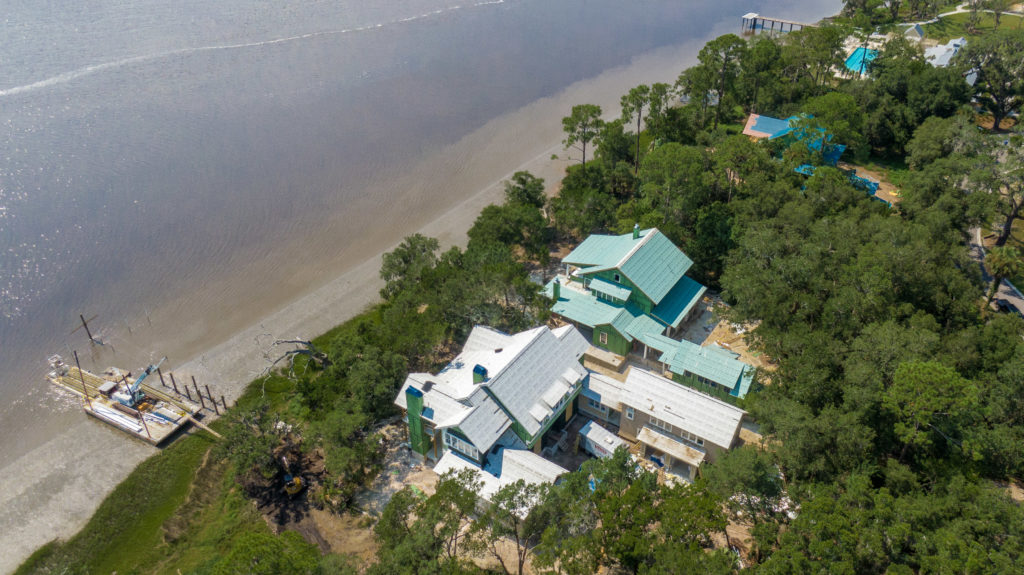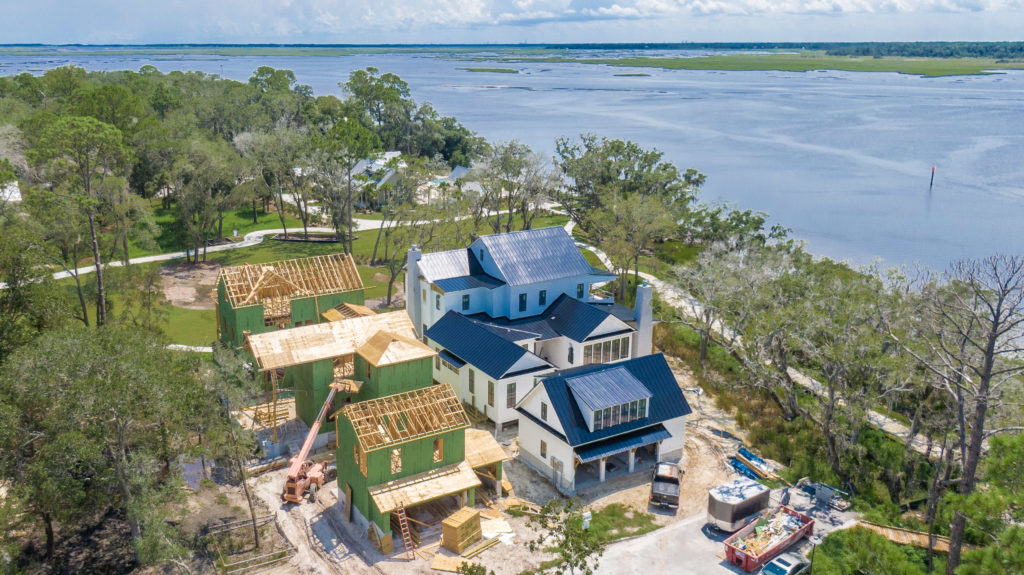Home » Structural Engineers Ensure Newly Built Homes Can Withstand Severe Wind Storms
In the U.S. the average home is built to withstand a sustained wind of around 100 mph. Building a new home in Florida can present some unique challenges, especially homes built in coastal areas of the state. As we all know, Florida is extremely prone to hurricanes and tropical storms for a significant portion of the year. When a new home is in its design stage, it is important that the potential for severe wind damage is taken into consideration so that the structure is built to withstand the calculated wind speeds for typical storm events in that location. That’s why it is critical that an experienced structural engineer is involved in the design process from the start. In fact, in Florida as well as many other coastal states, a structural engineering plan is required according to building codes.

Wind speed code requirements vary across the state and are updated every two years based on storm pattern history in each area. Florida has some of the strictest wind speed resistance requirements in the country because of our high-risk location. For example, South Florida is at the highest risk of wind damage based on recent history and must be built to withstand a minimum of 170-180 mph wind. In North Florida, the code requires a minimum wind resistance of 130-140 mph wind due to historical storm data.

Once an initial architectural plan is provided, the role of the structural engineer is to run the code required calculations for both wind and gravity loads and provide the construction documents for permits that the contractor is required to follow. The goal is to ensure the plan meets or exceeds minimum code requirements for sustained wind speed resistance based on the home’s location. For example, failure to tie the roof securely to supporting walls or posts is the single greatest cause of failure due to high winds. The resulting engineering plan will specify the construction materials and connections required for the roof, walls, floors and foundation. The type of materials used to build the home’s framework are also specified. In South Florida where storm risk is highest, all homes typically have masonry construction to maximize wind resistance. By contrast, in North Florida wood frame construction is most commonly specified. Overall, the structural engineering plan will specify how all elements of the house are securely tied together, from the foundation to the roof.

“Engineering a new home in Florida is certainly more challenging than in states where severe storms are less common, especially from a wind speed/wind resistance standpoint, which is why it is important to work with an Engineer well-versed in the Florida Building Code & local jurisdictional requirements,” said Jackie Rowland, CEO of Russell Rowland, an engineering firm in Jacksonville, Florida.